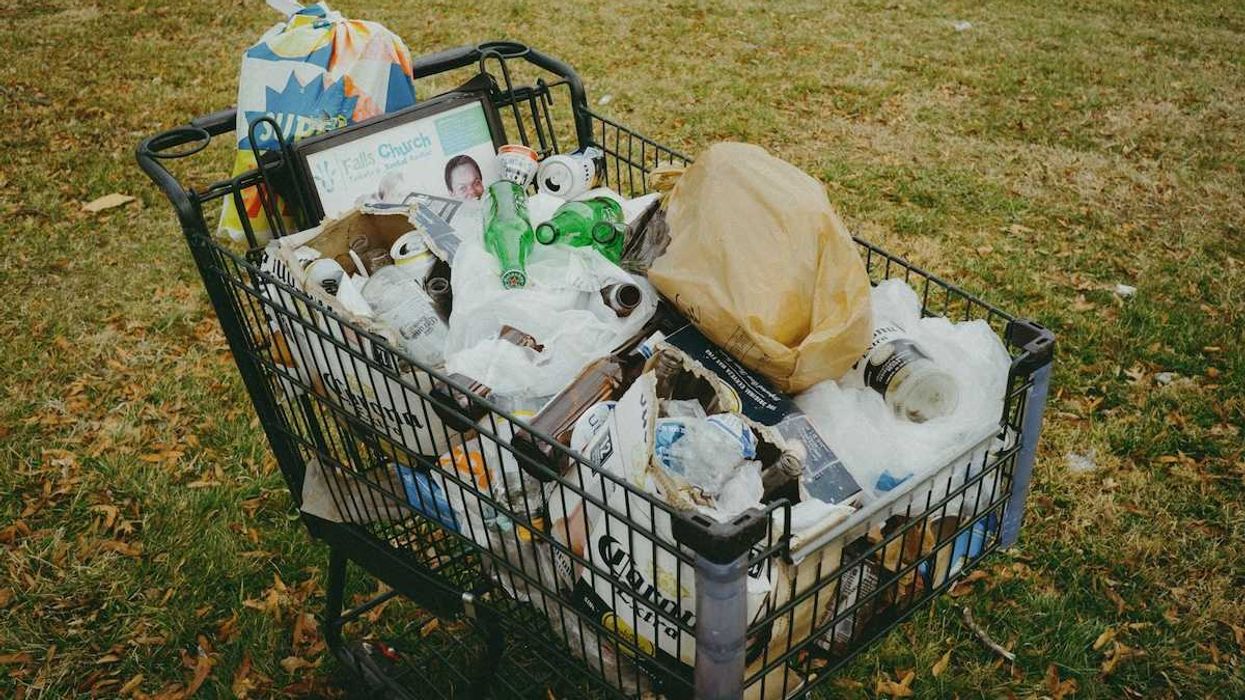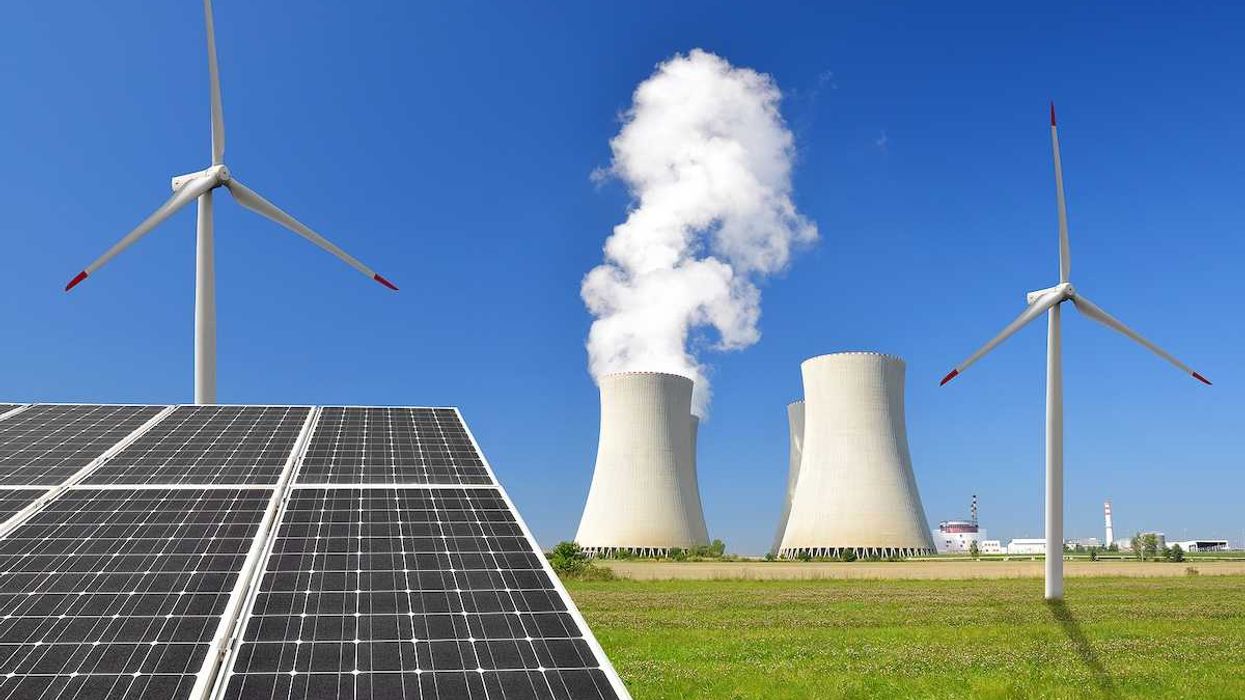Residents of Pithampur, India, are protesting the disposal of toxic waste from the 1984 Bhopal gas tragedy, citing fears of environmental and health risks.
Vishnukant Tiwari reports for BBC.
In short:
- Over 300 tons of toxic waste from the Bhopal gas disaster site was sent to Pithampur for incineration, prompting protests from locals fearing contamination.
- Officials claim safety measures, including high-temperature incineration and multi-layer filtration, will prevent air, soil and water pollution.
- Environmentalists remain divided, with some advocating for alternatives like bioremediation and residents pointing to Pithampur’s history of pollution.
Key quote:
“It’s not just waste. It’s poison. What’s the point of life if we can’t breathe clean air or drink clean water?”
— Gayatri Tiwari, resident of Tarapur village
Why this matters:
The Bhopal disaster, considered by many to be the worst industrial accident in history, occurred when toxic methyl isocyanate gas leaked from a pesticide factory, exposing millions of people and killing thousands. Many survivors continue to suffer debilitating health consequences. The disposal of hazardous waste from the disaster site raises concerns about environmental and health safety, especially in areas like Pithampur already plagued by pollution. The situation reflects larger issues of industrial accountability and the long-term impact of disasters like Bhopal on marginalized communities.
Related:














